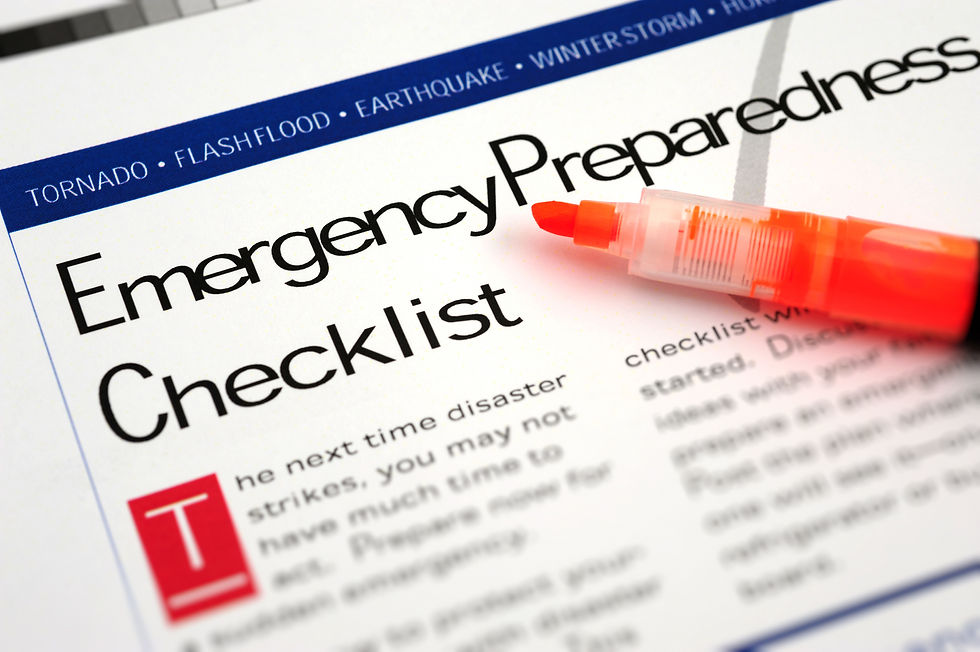OSHA's Emergency Action Plan Standard: Preventing Workplace Violence
- Safety Experts
- Apr 13, 2023
- 2 min read
While tragic shootings at workplaces and schools continue to be a problem in the U.S., it is unlikely that OSHA will begin rulemaking for a general industry workplace violence rule in the near future. The agency is moving forward on its workplace violence standard in the healthcare and social services industries, but there has been little discussion about creating such a standard for the general industry.
However, OSHA has two other standards it can fall back on in cases that involve workplace violence incidents, and one of those standards can be helpful to safety professionals in planning for a variety of workplace emergency situations.
General Duty Clause applies in workplace violence cases
The first, and most obvious, standard OSHA will use is the General Duty Clause (GDC) which states, “Each employer shall furnish to each of their employees' employment and a place of employment which are free from recognized hazards that are causing or are likely to cause death or serious physical harm to his employees.” This rule gives OSHA a chance to issue safety and health citations for violations that don’t easily fall under any of its other standards. Violations involving workplace violence, along with heat illness, have often been cited under the GDC within the past decade.
But the agency has another rule that could apply to workplace violence incidents: the emergency action plan, or EAP, standard.
EAP standard: Helpful for safety professionals, OSHA
The EAP falls under 1910.38, which applies to most companies. According to law firm Cozen O’Connor, “If fire extinguishers are required or provided in the workplace, and if anyone will be evacuated during a fire or other emergency, then OSHA generally requires the business to have an EAP with limited exemptions.”
EAPs are “designed to facilitate and organize employer and employee actions during workplace emergencies.” In short, an EAP can cover evacuations and emergency actions for a wide range of incidents from fires and chemical spills to bomb threats and active shooters.
This rule is not only helpful to OSHA in making citations, it’s also helpful for safety professionals who are having to prepare for an ever-growing variety of potential emergencies they must worry about.
7 requirements for a compliant EAP
To meet OSHA requirements, an EAP must have procedures:
for reporting an emergency
for emergency evacuation and exit route assignments
to be followed by employees who remain to operate critical plan operations before they evacuate
to account for all employees after the evacuation
to be followed by employees performing resource or medical duties, and
containing the name or job title of every employee who may be contacted by employees who need more information about the plan or an explanation of their duties under the plan.
The EAP rule also requires employers to review EAPs with each employee covered by the plan when:
it’s initially developed or the employee is initially assigned to do a job
the employee’s responsibilities under the plan change, or
the plan is changed.
Agency offers online tool to assist in developing EAPs
OSHA states that a properly developed EAP, along with employee training, will help ensure fewer and less severe injuries and less structural damage to a facility during emergencies. Again, this means that an EAP is not only a great tool for OSHA, but it’s also a great tool for safety professionals. To assist in developing an EAP, OSHA has an online tool that can be found here.



Comments